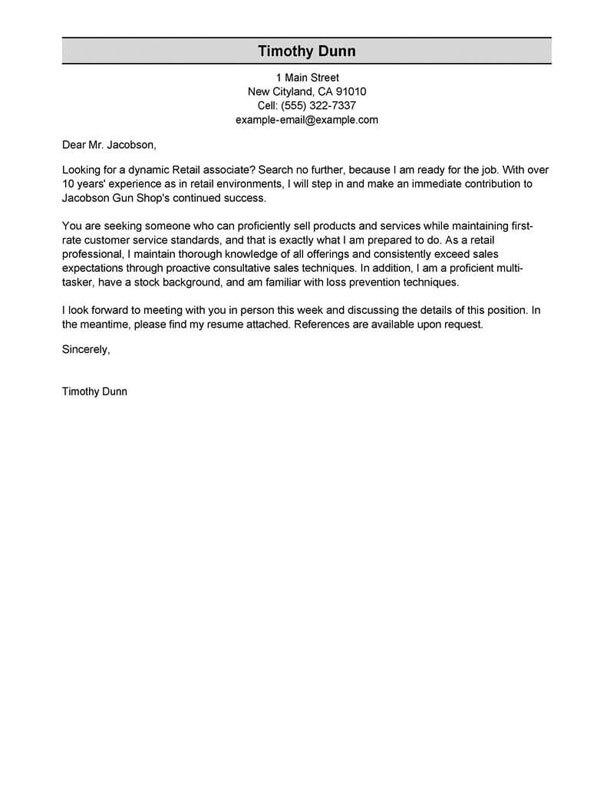TABLE OF CONTENTS
Flight Attendant resume
summary examples
The first impression an employer will have of you is when they read your resume summary. You’ve got to make this section count because a recruiter will spend an average of seven seconds scanning your resume.
This section is a brief statement of your most impressive and relevant career highlights. You’ll pick professional achievements that resonate with the employer’s requirements for this job.
The most common approach for this section is the professional summary because it focuses on sharing job-relevant achievements.
On the other hand, the objective statement is the ideal approach for inexperienced candidates because it showcases your goals and the skills you have to make them possible.
Determine which approach is right for you with examples of a professional summary and an objective statement.
Good example:
“I am an experienced Flight Attendant with a proven track record of providing exceptional customer service and safety. I have a keen eye for detail and have been commended for my efficient and professional approach to cabin management. I have a passion for customer service and have a demonstrated ability to work well under pressure in a fast-paced environment.”
Why this example passes:
- Feature candidate’s success statistic to grab attention. Numbers add detail about how big the results you deliver are, e.g., test scores, passing rate and more.
- Shows career length, 11 years.
- Mentions employer-desired skills: student motivation and interactive lessons.
Bad example:
“ I have experience in customer service and hospitality. I am a hardworking individual who is passionate about helping others. I have a strong commitment to safety and customer satisfaction.”
Why this example fails:
- Doesn’t include any numbers that quantify flight attendant’s performance
- Uses vague descriptions and skills.
- Doesn’t include years of teaching experience.
The fastest way to write your
professional summary
Showcase your selling points as a Flight Attendant with an attention-grabbing professional summary generated by our Resume Builder! It’s an automated tool that will suggest best-use phrases and content-rich sentences you can customize.
- 1
Enter the details about the job title you held. The builder comes preloaded with auto-suggested phrasing written by resume experts.
- 2
Then, just pick from these suggested phrases that best frame your experience and customize them to your liking!
- 3
All you have to do is choose the summary phrases that best frame your experience. It’s like having a professional do it for you!
Our Resume Builder will help you write a custom Flight Attendant resume in 15 minutes! However, if you want to give your resume more dedicated attention, you can also employ our professional writing services to kickstart your search for an Flight Attendant role confidently.
The reviews are in!
See what they’re saying about us on Trustpilot.
Flight Attendant resume work
experience examples
As an Flight Attendant, your work experience section is crucial to convince employers you’re the best candidate. Picking job-relevant skills and achievements is vital to write a good resume since they must directly respond to the employer’s needs. The following work experience examples will help you identify the do’s and don’ts of writing this essential resume section.
Good example:
Rolling Meadows Middle School I Rolling Meadows, IL I 8/2018-current
- Provided exceptional customer service to passengers on board flights of up to 10 hours in duration
- Assisted passengers with seat assignments, luggage storage, and any other special requests
- Maintained a high level of safety and security throughout the duration of each flight
- Collaborated with other flight attendants to ensure a smooth and enjoyable experience for all passengers.
Why this example passes:
- Numbers and statistics add detail and quantify the results this flight attendant delivers: 4% improvement and a class size of 20-25.
- Good use of strong words and active language.
- References specialized value cahier provides with “individualized lesson plans.”
Bad example:
Emily Dickinson Elementary I Redmond, WA I 4/2022-present
- Answered passengers` questions
- Welcomed passengers on board
- Demonstrated safety procedures
- Assisted passengers with luggage
Why this example fails:
- Lacks numbers or statistics.
- Describes general tasks, not teaching achievements or career highlights.
- Uses active verbs, but doesn’t focus on results.
Flight Attendant resume skills examples
Here are 18 sample skills for flight attendant:
- Schedule Management
- Customer Service
- Regulatory Compliance
- Emergency Response
- First Aid
- Brand Promotion
- FAA Regulations
- Emergency Situations Management
- Conflict Mediation
- Emergency Response Coordination
- Report Generation
- Issue Resolution
- Relationship Management
- Public Speaking
- Safety Procedures
- Team Oversight
- Guest Services
- Equipment Oversight
You should sprinkle skills and abilities throughout your resume. Include them in your professional summary, work experience blurbs and a dedicated skills section.
Examples of additional resume sections
Your Flight Attendant resume must include the following: contact information, resume summary, work experience, skills and education. These are the five main resume sections; however, you can customize your resume with additional sections.
Here are some examples of optional flight attendant resume sections that you could add to provide greater detail:
- Languages
- References
- Additional skills
- Certifications
- Overview
- Soft skills
- Professional skills
- Interests
Ensure you only share relevant qualifications in your resume’s additional sections. Better to have a concise resume that’s quick to read!
How to choose a resume format
0-3
Years of experience
Functional formats
- Focus on skills.
- Best for first-time flight attendant who lack work experience.
- Good for people re-entering workforce.
- May omit dates in the work history section.
Organization:
- Skills listed above work experience.
3-10
Years of experience
Combination formats
- Balance skills and work history.
- Ideal for mid-career flight attendant.
- Suitable for career changers and people seeking promotion.
Organization:
- Skills next to or above work experience.
10+
Years of experience
Chronological formats
- Put the most focus on work history.
- Best for flight attendant with a long, steady career.
- Most popular format.
- Preferred by recruiters.
Organization:
- Work experience listed above skills.
Featured in:*

*The names and logos of the companies referred to in this page are all trademarks of their respective holders. Unless specifically stated otherwise, such references are not intended to imply any affiliation or association with LiveCareer.





